In gardening, feeding seedlings is essential because it has a direct impact on their growth and well-being. Giving seedlings the proper nutrients in their early stages will guarantee a strong root system, sturdy stems, and healthy leaves. Seedlings need specific nutrients to grow strong and resilient.
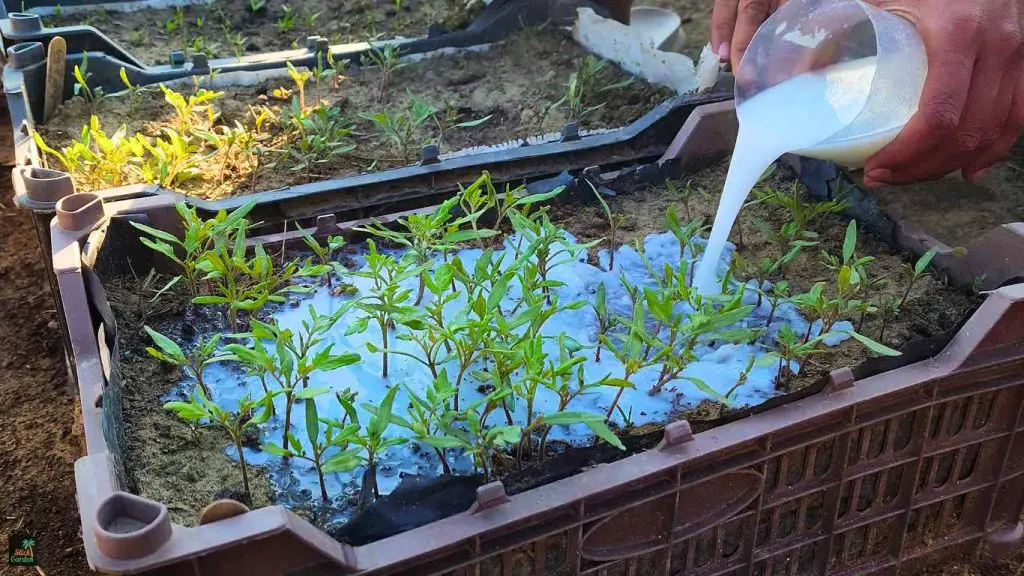
In seedlings, adequate nutrition prevents deficiencies and stunts growth. It also encourages healthy growth. Moreover, it increases resistance to disease, which lowers crop loss and low yields.
Sufficient nutrition during the seedling phase lays the groundwork for robust, fruitful plants, which improves flowering and fruiting. Thus, a healthy and fruitful crop depends on adequate nutrition.
By giving seedling feeding top priority, gardeners can guarantee successful plant establishment and growth, resulting in a thriving and abundant garden.
Understanding Seedling Nutritional Needs
Seedlings, like all plants, need a specific balance of nutrients to grow effectively. These basic requirements include:
Macronutrients:
For the growth of leaves and chlorophyll, which is involved in photosynthesis, nitrogen is essential. Phosphorus is essential for the growth of roots and the transfer of energy, particularly in the early stages of seedling growth.
Potassium is necessary for plants to function properly because it helps with disease resistance, water regulation, and enzyme activation.
Secondary Nutrients:
For the stability and structure of cell walls, as well as for the growth of roots and shoots, calcium is essential. While sulfur is necessary for protein synthesis and enzyme function, magnesium is necessary for the synthesis of chlorophyll and photosynthesis.
Micronutrients:
Smaller amounts of micronutrients such as iron, manganese, zinc, copper, boron, molybdenum, and chlorine are necessary for a number of physiological and biochemical processes.
Role of Nutrients in Seedling Development
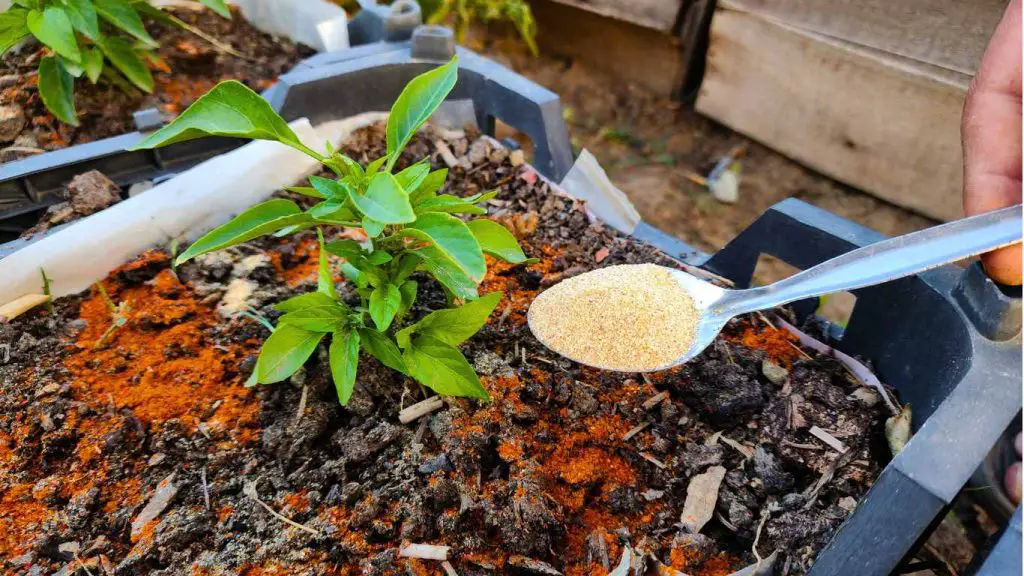
Each nutrient plays a specific role in the growth and development of seedlings:
Nitrogen is essential for the growth and development of seedlings because it promotes photosynthesis and lush green foliage. Encouraging robust root systems facilitates the uptake of water and nutrients as well as the synthesis of DNA and RNA.
Potassium improves disease resistance, maintains enzyme activity, and controls water balance to improve plant health. In addition to preventing structural flaws and strengthening cell walls, calcium aids in the development of new shoots and root tips.
Magnesium is necessary for photosynthesis, the process that turns light energy into growth-promoting molecules. Lastly, sulfur is essential for the synthesis of vitamins and enzymes needed for plant metabolism and growth.
Plant life cycle productivity, disease resistance, and growth can all be improved by gardeners by giving seedlings the correct nutrients in the right amounts.
Types of Seedling Fertilizers
It is essential to choose the proper kind of fertilizer for seedlings to make sure they get all the nutrients they need without becoming overfed.
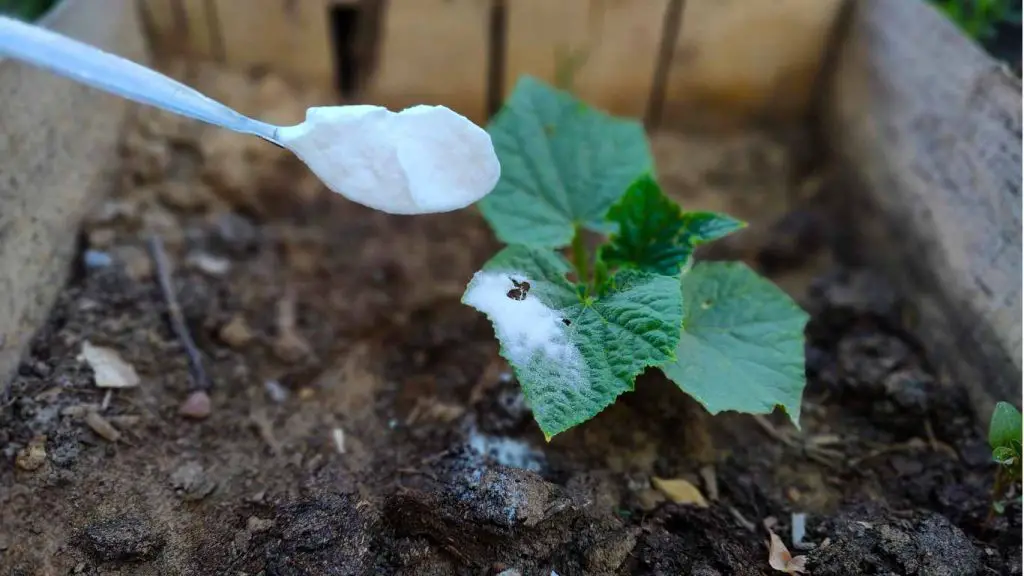
Liquid Fertilizers
For general feeding, balanced liquid fertilizers are perfect because they provide all the necessary nutrients in the right amounts. They ensure that seedlings are introduced to nutrients gradually because they are simple to dilute and apply.
Certain growth stages or deficiencies, such as high phosphorus for root development or higher nitrogen for leafy growth or stronger roots, are the focus of specialized liquid fertilizers.
Compost Tea
Because of its mild nutrient profile, compost tea is a natural, gentle, and mildly nutrient-rich beverage that is perfect for seedlings. It also improves soil health by adding beneficial organisms.
Fish Emulsion
Fish Emulsion is a strong organic fertilizer that increases nutrient levels and encourages rapid growth. It is a natural fertilizer made from fish byproducts.
Seaweed Extract
This product can be used as a soil drench or foliar spray to improve overall health and stress resistance. It is rich in vitamins, trace minerals, and plant growth hormones.
Water-Soluble Fertilizers
Water readily dissolves nutrients, giving precise control over the delivery of nutrients. They are frequently utilized as a quick-acting source of nutrients in hydroponic systems.
Granular Fertilizers
Because of the possibility of over fertilization and nutrient burn, slow-release formulas are less frequently used for seedlings, but they can be used sparingly to provide a consistent supply of nutrients.
Encapsulated Fertilizers
Nutrients are slowly released from a coating that degrades over time, lowering the risk of nutrient burn and enabling steady feeding. Perfect for seedlings moved into bigger pots or gardens.
Foliar Sprays
Leaves facilitate the fast absorption of nutrients, which helps to make up for deficiencies. To prevent leaf burn, care should be taken, especially in direct sunlight.
The needs of your seedlings and your gardening preferences will determine which fertilizer is best. Make sure the nutrients—whether organic or synthetic—are soft on young plants’ tender roots and leaves and easily accessible.
When to Start Feeding Your Seedlings?
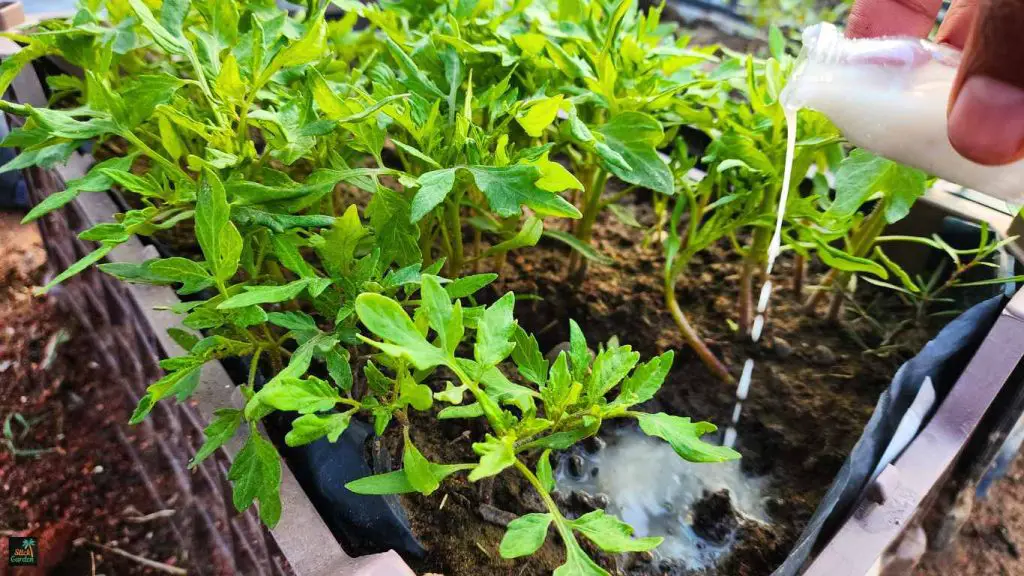
When feeding seedlings, timing is essential because giving them nutrients too soon can damage them, and giving them nutrients too late can stunt their growth. Time, timing, and timing are important factors.
Germination Stage:
Seedlings don’t need extra fertilizer at this point because they are dependent on the nutrients that are already present in the seed after germination.
Appearance of First True Leaves:
Cotyledons, smooth seed leaves that don’t resemble mature foliage, are first produced by seedlings. After cotyledons appear, the first indication that the seedling is ready to receive more nutrients is the true leaves, which are more textured and have a different shape.
Assessing Seedling Health:
Make sure the seedlings are robust, upright, and healthy before feeding them. They should also be a vibrant green color
Signs Seedlings Are Ready for Feeding
When your seedlings are ready for their first fertilizer dose, watch out for these particular indicators:
When seedlings emerge two to three weeks after germination, they are prepared for feeding. They ought to grow quickly, with sturdy stems and fully formed leaves.
Their vivid green color denotes healthy photosynthetic processes. A fully formed root system signifies that the seedling is prepared to take up more nutrients from the soil or growing media. If you can, look into the root system.
Correct fertilization timing ensures seedlings receive necessary nutrients without overfeeding, resulting in robust, healthy plants suitable for your garden or other growing space.
Common Problems and Solutions
Inadequate feeding of seedlings can lead to common issues and their fixes.
Dealing with Nutrient Lockout
When plants are unable to absorb nutrients from the soil due to pH imbalances, salt accumulation, or improper fertilization, the condition known as “nutrient lockout” arises.
Flush the soil with fresh, pH-balanced water to eliminate excess salts or nutrients to avoid nutrient lockout in seedlings. For best nutrient absorption, the pH of the soil should be checked; it should be between 6.0 and 7.0.
For simpler absorption under less-than-ideal circumstances, use chelated nutrients. Adhere to the suggested feeding schedule and dilution ratios, and refrain from over-fertilizing, as this may result in a nutrient lockout. If needed, adjust the pH.
Managing pH Levels in Soil and Water
A pH imbalance can prevent seedlings from absorbing nutrients, which can lead to deficiencies and stunted growth.
Use a pH meter or strips to regularly check the pH levels in the soil and water. To adjust pH, add pH up (potassium hydroxide) for low pH or pH down (phosphoric acid) for high pH.
Make use of pH buffer solutions to keep the soil stable. When mixing fertilizer and watering seedlings, always use pH-adjusted water to maintain the proper pH level for best growth.
Troubleshooting Common Feeding Issues
Common problems with plants include yellowing leaves, stunted growth, leaf burn, and wilting seedlings. While stunted growth may be caused by nutrient deficiencies, poor light, or root issues, yellowing leaves indicate a nitrogen deficiency or overwatering.
Overfertilization or high salt concentrations are the causes of leaf burn, and inadequate drainage, excessive watering, or both can result in wilting seedlings. It is crucial to follow appropriate drainage and watering procedures.
Additional Tips
Provide a balanced mixture of nutrients, gradually alter feeding procedures, and keep an eye out for any indications of stress or deficiency to guarantee healthy seedlings. Take quick action to resolve any problems so that robust, healthy plants receive the right maintenance and nourishment.
Watering Can vs. Spray Bottle vs. Drip Irrigation
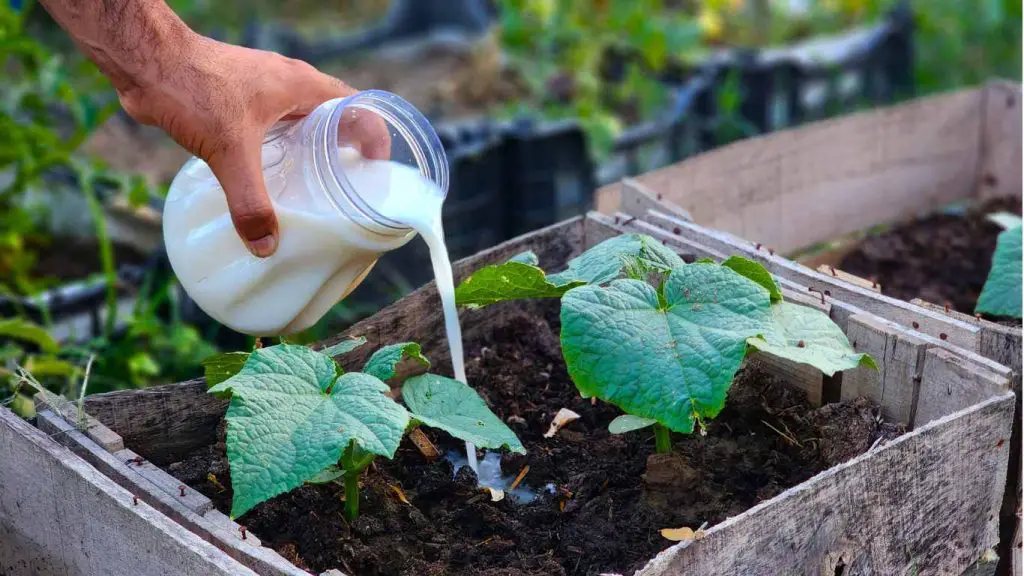
Three common methods of watering and feeding seedlings are spray bottles, drip irrigation, and watering cans. These choices have a significant impact on the health and growth of the seedlings.
Watering
Watering seedlings is an essential part of keeping them healthy and growing. It lowers the chance of fungal diseases by enabling targeted watering at the base.
It can be used both indoors and outdoors, and because of its large water capacity, it can accommodate more seedlings. On the other hand, overwatering can result in soggy soil and be laborious. Water early in the day with a watering can be fitted with a fine rose attachment to prevent this.
Spray Bottle
The benefits and drawbacks of utilizing a spray bottle for seedling growth are covered in this text. It draws attention to how easy it is to control, precisely applied, and gentle, which makes it ideal for small-scale indoor setups.
It does, however, also draw attention to its small capacity and frequent refills. For shallow roots, the text recommends utilizing a spray bottle to ensure even coverage without oversaturating the soil.
Drip Irrigation
The efficiency, consistency, and automation of drip irrigation systems are highlighted in this text’s discussion of the advantages of using them for seedlings.
It draws attention to the benefits of providing water directly to the root zone, the necessity of routine maintenance, and the possibility of automation. It also talks about the system’s drawbacks, like its complexity and higher setup costs. Best practices are suggested as the text comes to a close.
Take your project’s size and the needs of your plants into account when providing water and food for seedlings. While spray bottles work best for small indoor gardens and young plants, watering cans are best for large outdoor batches. For long-term effectiveness and large gardens, drip irrigation is perfect.
